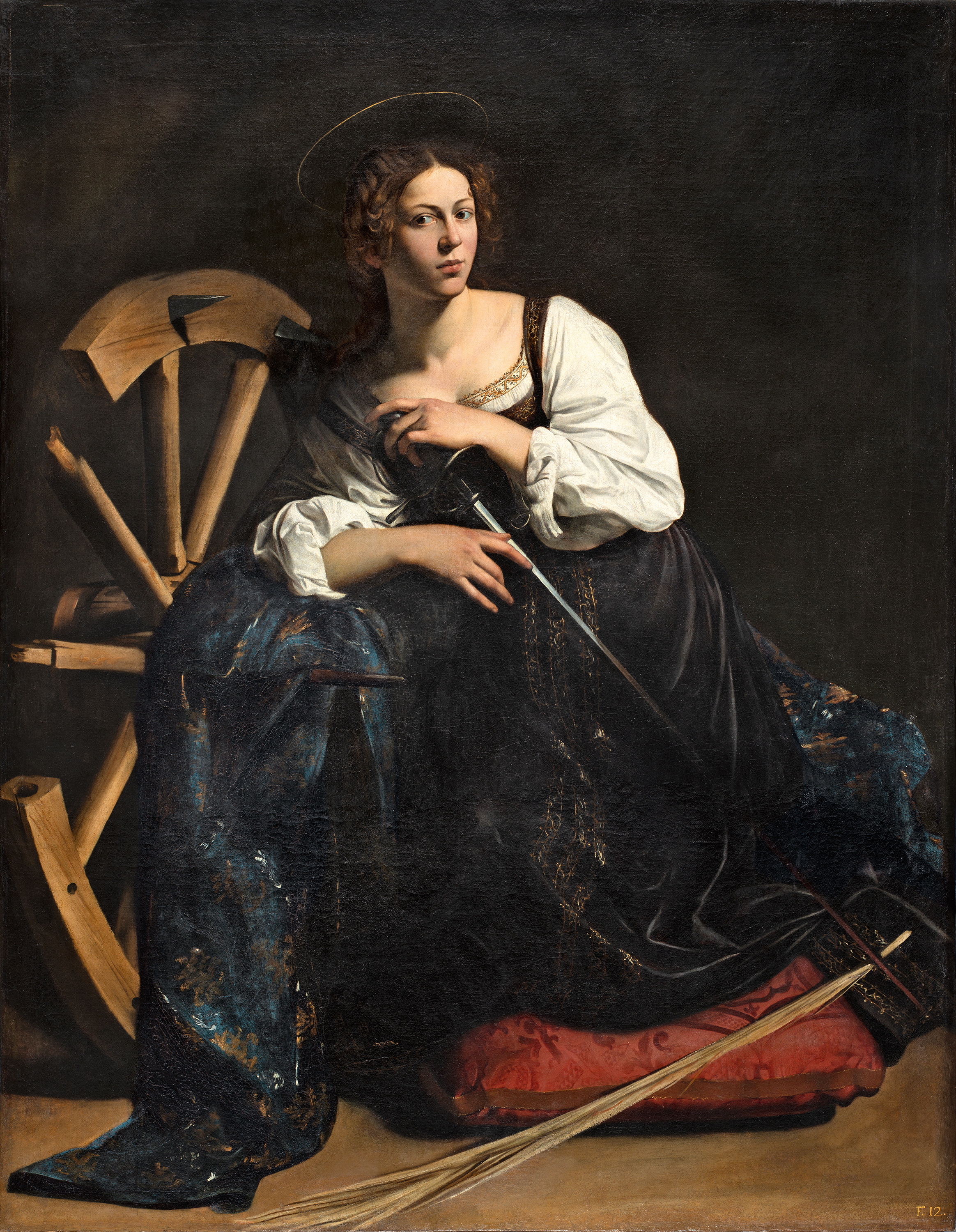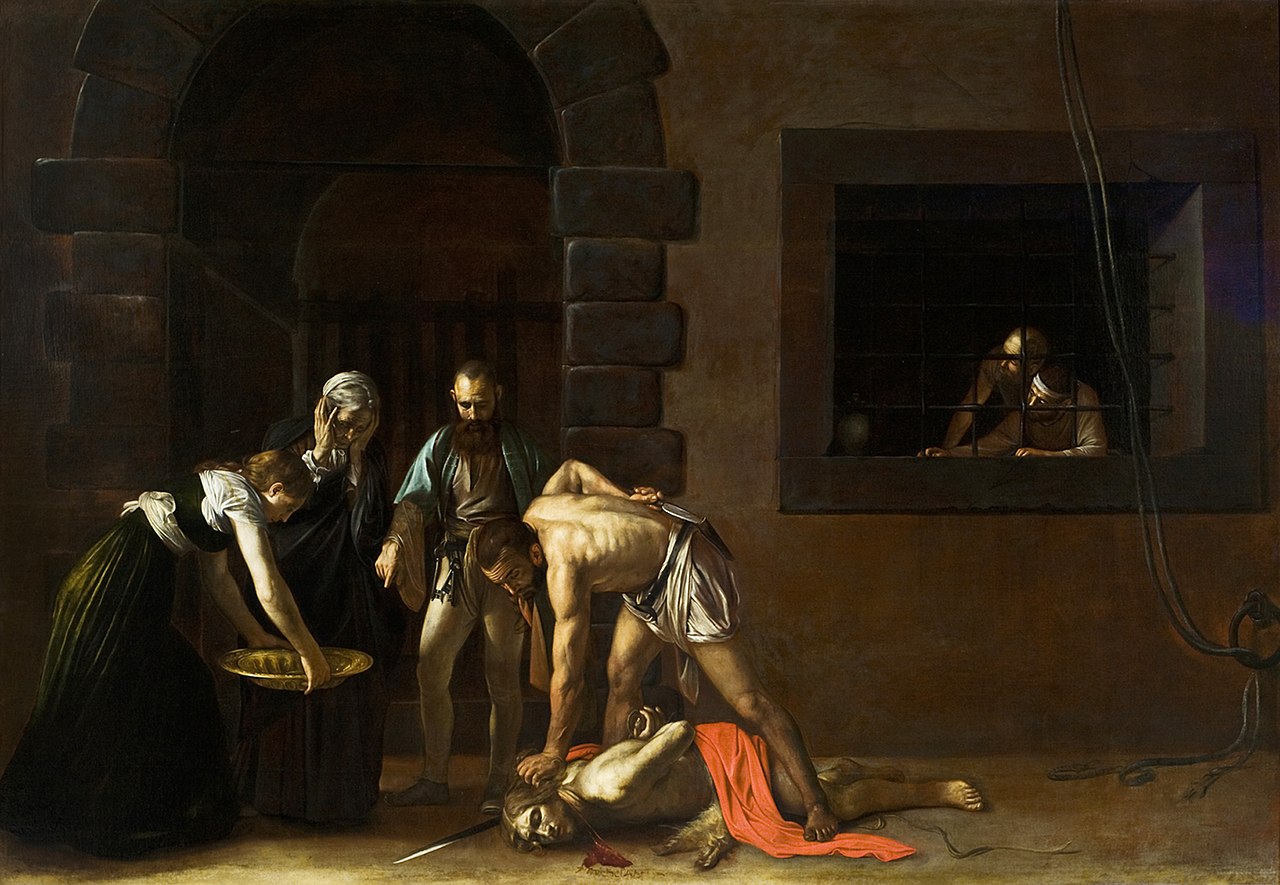"Art" by Simon Schama
Thoughts on "Art" by Simon Schama
 |
| Art: Vintage Minis by Simon Schama (Vintage Classics, 2019) |
Art by Simon Schama is just one of many in the Vintage Minis Paperback Series, which covers themes such as Love, Work, and Eating.
I haven't actually read any other books in the series, and so cannot speak to whether the problem with titling this one "Art" is consistent across the series. However, for this book, "Art" felt like an inappropriate title applied haphazardly for the sake of tidiness and continuity - particularly because the book revolved almost wholly around Caravaggio. The blurb attempted to explain how the book was a look at art through "the prism of [...] Caravaggio", but honestly, as there were no sustained references to other artists in the book, the publisher should have just fessed up.
I highly doubt that Schama was solely responsible for the titling or blurb of this book - I later discovered it was a chapter taken from another book of his, The Power of Art. I also doubt Schama was responsible for the publisher's decision not to include any images in this book: would this work with other books in the series, where the subject matter discussed is not explicitly visual? Yes. Does this work in an art book, where works are described in rich detail without a reference? No.
Both of these problems give glaring evidence to the issues with slicing up and de-contextualising books for the sake of a coffee table.
Yet, when we step away from these problems - and perhaps re-title the book "Caravaggio" - there is a lot to learn. Schama's biographical approach introduces us to Caravaggio's humble beginnings in Lombardy, through to his first major commissions, frequent embroilment in the gangs of Rome and his charge of murder.
It would appear that these facets of Caravaggio's life are incongruous with the art he created. And yet, Schama invites you to explore these controversies underpinning his life and to apply them to readings of his work. I would have a hard time, for instance, reconciling the knowledge that Caravaggio was a killer with the historically and religiously centred art he produced were it not for Schama's interpretation.
Before Caravaggio was a murderer, it is still interesting to consider how monumental his personality was in shaping not just his art, but the genres he worked within. One of the key ways in which Caravaggio revolutionised the genre of history painting was through pushing laymen and peasants, often his friends, to the forefront of his works. This was an unmistakable blurring of the personal and professional which had resounding repercussions for the art world and the conventions of religious art. Caravaggio achieved this through his choice of models, and the composition of his works. Schama invites us to consider examples of this in The Calling of Saint Matthew, and Saint Catherine of Alexandria.
 |
| The Calling of Saint Matthew, Caravaggio, 1600 |
In The Calling of Saint Matthew as Schama considers that this conversionary encounter is made to seem "incidental" to the main focus of the scene; peasant boys and a tax collector sat in a dirty room playing cards. Schama acknowledges that "some of the figures don't even see Jesus and St Peter coming through the doorway". Moreover, Christ is almost wholly obscured by St Peter. The only inkling Caravaggio gives us as to Jesus' divine powers is his outstretched hand, reminiscent of Michelangelo's The Creation of Adam, which illuminates Matthew's face and indicates his higher calling.
 |
| Saint Catherine of Alexandria, Caravaggio, 1599 |
Pope Clement VIII's Holy Year in 1600, the year in which the Pope must do good deeds for the poor, simply cemented Caravaggio's status. If the Pope wasn't going to do much of the legwork himself, commissioning a painter to work peasants into religious scenes was good enough.
*
A painting I'd really like to briefly touch on is The Musicians. I coincidentally saw this painting on holiday a few weeks ago after just finishing this book, which was really exciting. I particularly love this painting as an example of how Caravaggio played with composition, and painted himself (quite literally) into art history.
As you can see, the space is very busy - there is a lot going on within a small frame. Instead of spacing figures out more, as was keeping with convention, Caravaggio chooses to crowd the frame through layering items and bodies. The close proximity of the back turned to us, as well as the figures' positioning at the forefront of the painting gives a powerful sense of physicality unsual for art of the period. Interestingly, the figure in the back right, head tilted towards us, is Caravaggio himself. Caravaggio rarely signed his work and we can find self-portraits in many of his works as own sort-of signature. I like this example, particularly as he commands more focus than some other figures in the painting (ie. back-turned-towards-us guy). His prominence in this painting highlights how far-reaching the extension of his own life and personality into art went - both literally and figuratively.
 |
| My Photo (!!!!) of The Musicians, Caravaggio, 1595 |
 |
| A better quality image of The Musicians * |
As the book progressed, something I really enjoyed was how attentive Schama was to the marked changes present in Caravaggio's post-murderering-someone outlook, and art. Schama's description and readings into artworks are always beautifully written and insightful, but his discussion of The Beheading of St John the Baptist in the latter part of the book really stood out to me.
Following Caravaggio's charge of murder, he was forced to flee Rome. He was then accepted into the Order of St John in Malta, making him a sort-of knight. His admission was paid for, essentially, by The Beheading of St John the Baptist. Schama considers why this work is extraordinary for a multitude of reasons; the visual language recognised by Schama confirms this work as perhaps the final, most important instance of Caravaggio relating his life and subject matter within his work to drive much wider change in the art world.
 |
| The Beheading of St John the Baptist, Caravaggio, 1608 |
Schama's discussion of aspects, and how Caravaggio played with these to distort the physical space of the viewer and subject into one, introduced new conceptual ideas to me that I really enjoyed. The painting itself is massive, at 17 feet. Much of the scenery Saint John is situated in in the painting was the same as the room the painting was designed for, and Schama notes how this generates "an uncanny liquidation of the boundary between art and life". Moreover, Schama notes how toying with aspect can drive home Caravaggio's symbolic and biographical meanings; prisoners in the scene, often considered symbolic of Caravaggio's own moral and physical state on the island are, as Schama considers, at a "notional distance from the picture plane [...] pretty much the same as ours to it". This locks the viewer into a direct relationship and confrontation with them - we are forced to sense the "impotence" and "confinement" they represent.
The other extraordinary thing about this painting is that Caravaggio has actually signed it. Rather than, as in the case of The Musicians, simply painting himself in, Caravaggio has etched his name into the blood pouring from St John's throat. Schama argues this is the ultimate indication of Caravaggio's convictions and playfulness, through which he attempts to transform himself from "murderer to martyr". Schama states that Caravaggio had "so personal a stake in its [the painting’s] display of calculated murder, sacrifice and rebirth", that this was a perfect opportunity for an attempt to absolve himself.
I loved Schama's discussion of this piece as it formed the ultimate example of Caravaggio using art as a vehicle to tell stories about himself, as much as anything. His cockiness in perverting genres' typicalities and commissioner's wishes is part of why he is such an impactful artist.
In some respects, I guess the blurb's assertion that the book acknowledges the art world through "the prism of Caravaggio" is true - his personality as an artist certainly had a resounding and fundamental impact across the (particularly Italian and Christian) art establishment. Does this mean it was valid to title a book about Caravaggio "Art"? No. Is he still a really interesting guy? Yes.
*
I should mention, as an after note, that I really appreciated how accessible and exciting this book was. I am a strong believer that jargon does a great deal of gatekeeper that could be avoided - something Grayson Perry touched on in his description of IAE (International Art English) in Playing to the Gallery. This book wasn't dense or heavy and still made strong, substantiated points. More of that, please.
NOTE:

Comments
Post a Comment